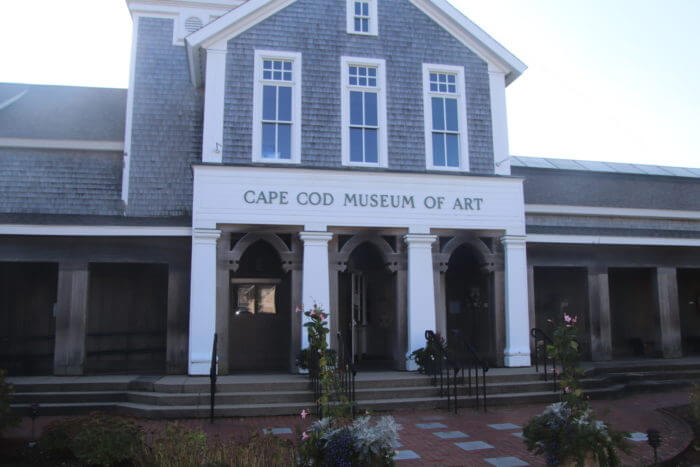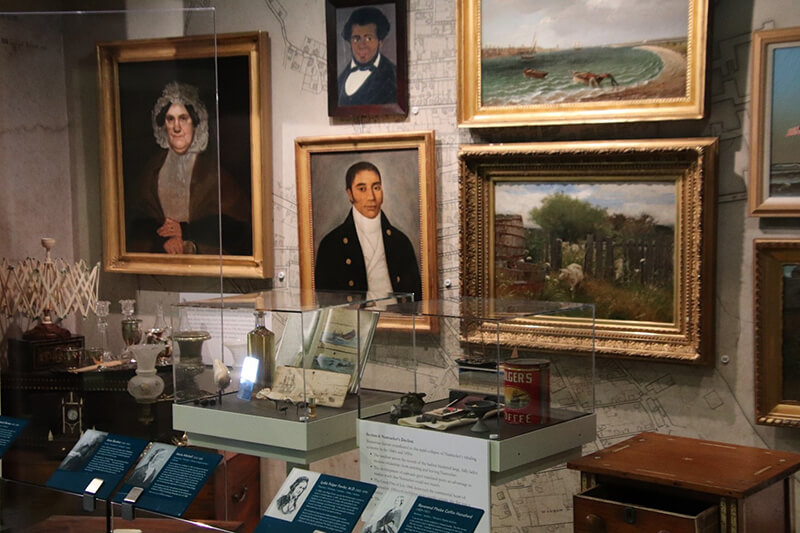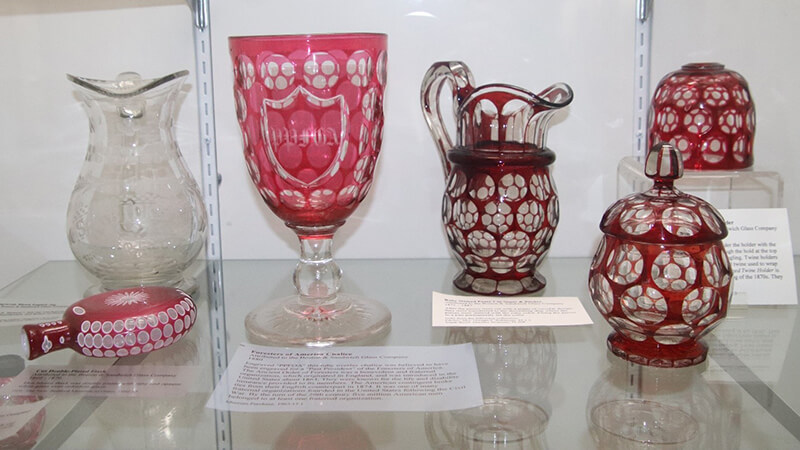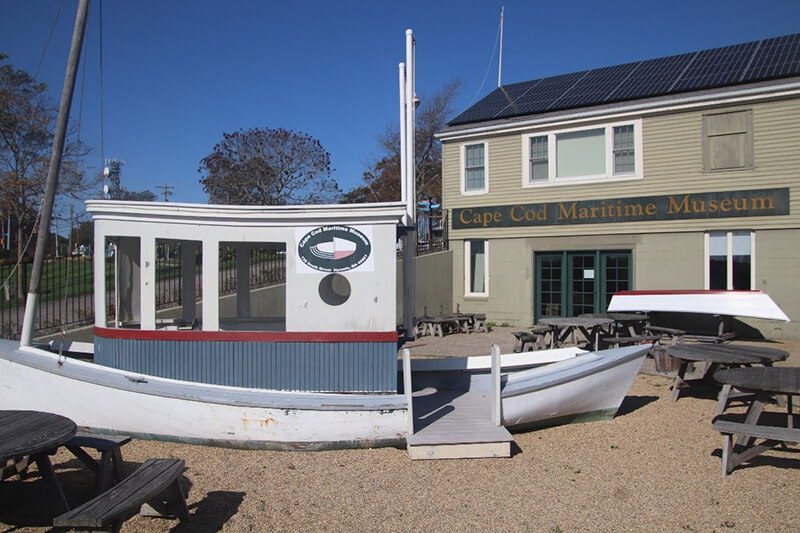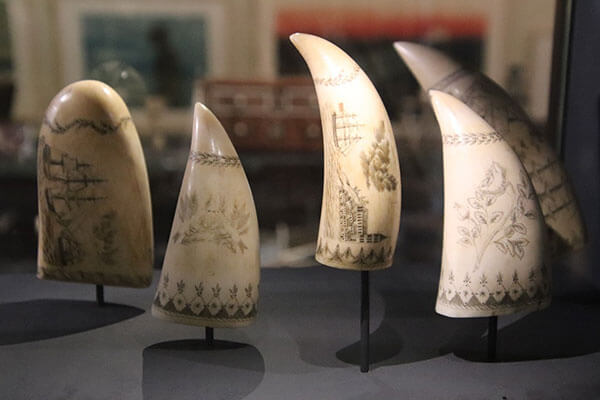
Scrimshaw is a form of art embedded in the history of Cape Cod. It involves making carvings or engravings on bone or ivory. More specifically, it refers to artwork done by whalers on whale teeth and bones or the tusks of walruses. This historical art form has been around Cape Cod since the 1800s.
The History of Scrimshaw?
Scrimshaw is often considered one of the only art forms that originated in America outside of Native American handwork. In order to understand why it’s considered an American art form, we have to look at its history.
The art form dates back to the 1800s, with the earliest example, a carving on a whale tooth depicting the whaleship Adam, dated 1817. The art form is heavily linked to whalers who would make the carvings while at sea, to pass the time during their long journeys.
The sailors’ creativity took many forms, making scrimshaw into many useful items as well as just pure art form. Some sailors made functional items for their wives such as swifts for holding a skein of wool or jagging wheels to crimp a pie shell. Others made dippers, ditty boxes, tools or furniture.
In the 1800s, America had three times the number of whaling ships as the rest of the world’s nations combined. Therefore, since scrimshaw was associated with whaling and whaling was associated with America, scrimshaw became one of the earliest recognized American crafts. It remains one of the most desired forms of folk art for collectors of Americana.
Why is Scrimshaw Important to Cape Cod?
As one of the early settlements in America, scrimshaw is heavily linked with the Cape. In fact, the first known scrimshaw artist, Edward Burdett, was from Nantucket. Other famous scrimshaw artists from the Cape include Frederick Myrick and Nathaniel Sylvester Finney, who was the first known scrimshaw artist to make a decent wage from producing pieces.
The appreciation for scrimshaw on the Cape goes way beyond just the 1800s. JFK, a well-known Cape Cod enthusiast, had a passion for scrimshaw. His enthusiasm toward the art form is what put a spotlight on scrimshaw and helped bring it to the public’s attention.
Where Can I See Scrimshaw on Cape Cod?
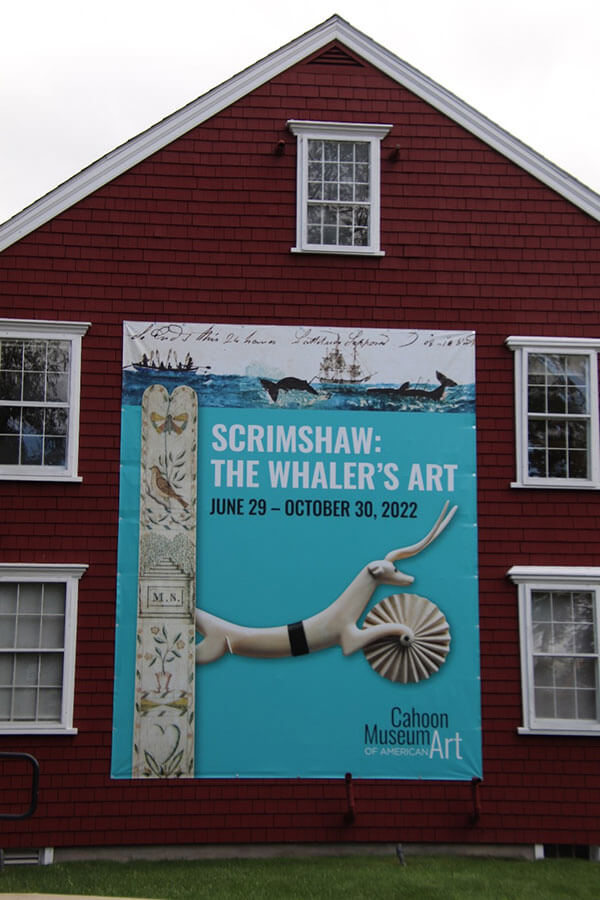
The Cahoon Museum of American Art in Cotuit has an exhibition running through October 30, 2022, focused on scrimshaw. The collection has been gathered from several locations across all of New England and features over 200 examples of historical scrimshaw. The museum is open from 10 am to 4 pm, Wednesday through Sunday, for anyone interested in attending this unique exhibition.
If you miss the exhibit, you can also visit the scrimshaw gallery of the Nantucket Whaling Museum. This extensive collection of the Nantucket Historical Association is the culmination of over a century and a half of collecting and is considered one of the most important collections in the world. Highlights of the collection include some of the earliest and rarest sperm whale teeth, engraved by the most famous of all scrimshaw artists, Frederick Myrick and Edward Burdett, both native to Nantucket.
The Elizabeth and William Graham Scrimshaw collection, found in the Cape Cod Maritime Museum in Hyannis, is the largest permanent collection of scrimshaw on Cape Cod. Some of their pieces are currently being featured at the Cahoon Museum of American Art.
If you are interested in purchasing scrimshaw, several antique stores on the Cape have pieces for sale. Additionally, gift shops around the Cape sell faux scrimshaw.
Looking for More Cape Cod Art?
Scrimshaw is just one of many art forms found on Cape Cod. If you are looking to explore more art around the Cape, try visiting the Cape Cod Museum of Art or one of the many other exciting places to experience visual art.








